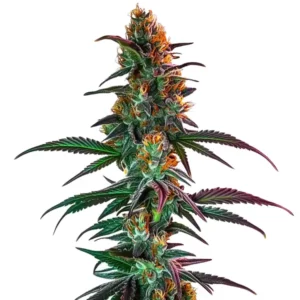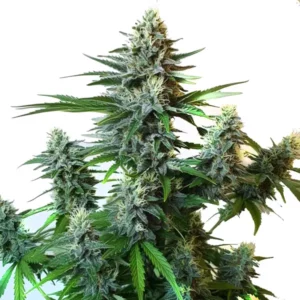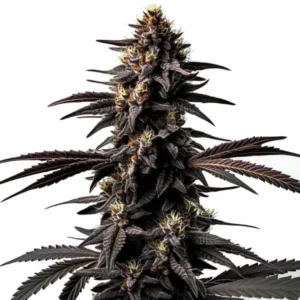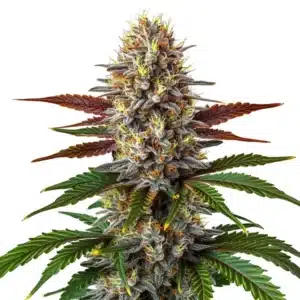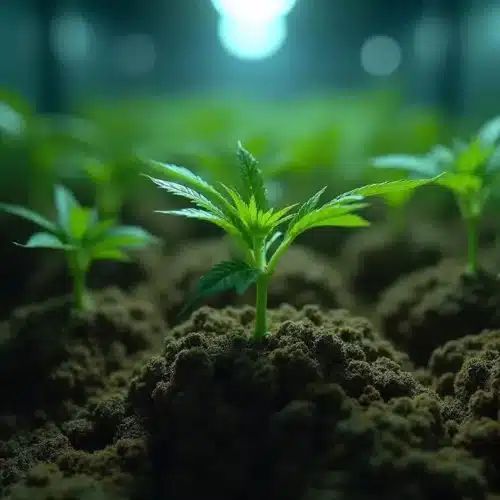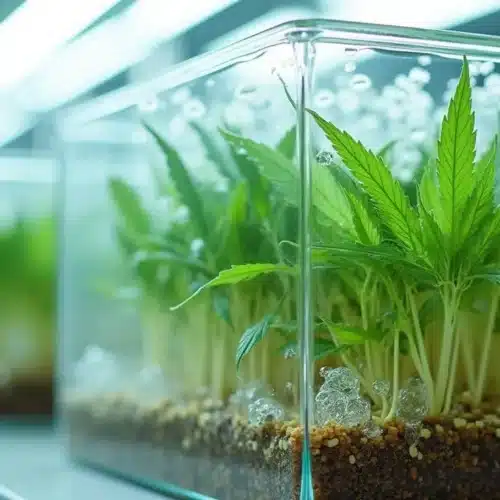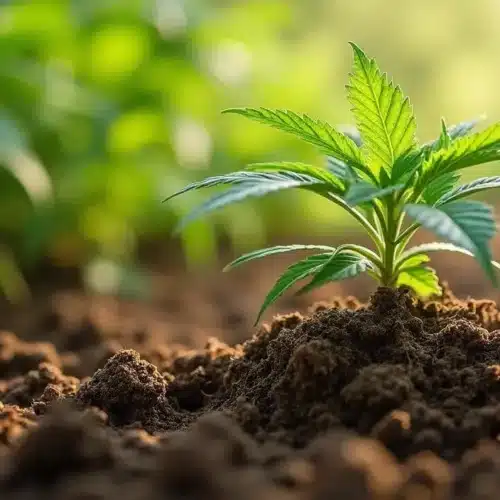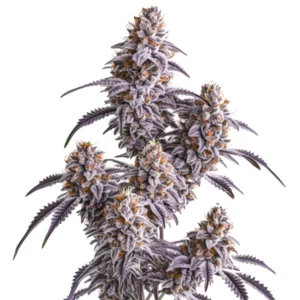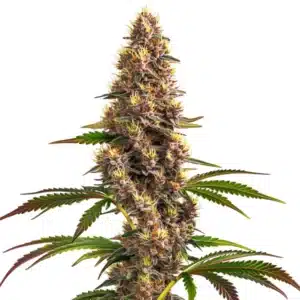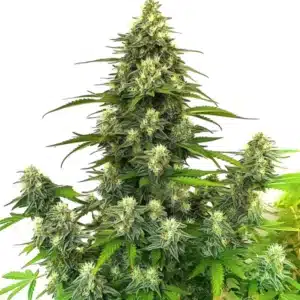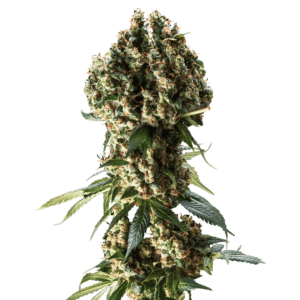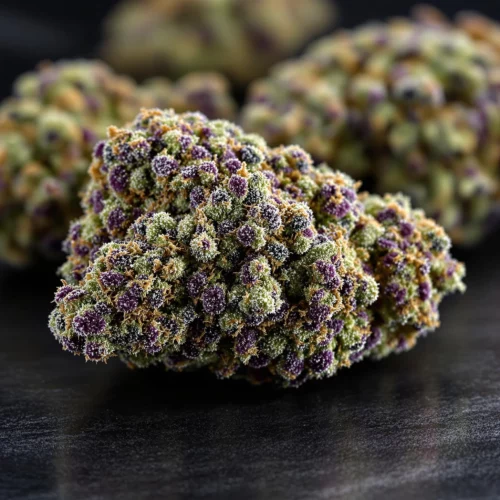As the cannabis industry continues to expand, the debate between hydroponic and soil-based cultivation methods remains a hot topic. Growers, both hobbyists and commercial farmers, constantly weigh the pros and cons of each approach. One of the key considerations in choosing between these methods is cost, both upfront and long-term. In this article, we will explore the cost differences between hydroponic and soil-grown cannabis, focusing on equipment, labor, water usage, and more, to help you decide which is more expensive hydro or soil cannabis.
Introduction to Hydroponic vs. Soil-Grown Cannabis
As cannabis cultivation becomes more widespread, knowing the differences between hydroponic and soil-grown methods is crucial. Both methods have their own advantages, including differences in hydro vs soil potency, but their costs vary dramatically, depending on numerous factors like setup, maintenance, and yield quality. Knowing which is more expensive hydro or soil cannabis can help growers make informed decisions for their operations.
Defining Hydroponic Cannabis Cultivation
Hydroponics is a soilless growing method where plants are cultivated in water enriched with nutrients. This approach allows for precise control over the growing environment, leading to faster growth rates and, in some cases, higher yields. This method is especially popular for growing hydroponic weed, known for its high quality and potency. The controlled environment is particularly appealing to commercial growers who aim for consistency and potency in their products. However, the cost of hydroponics often begins with an expensive initial setup. Systems like nutrient film technique (NFT), deep water culture (DWC), or aeroponics all require substantial investments in equipment and materials. When considering which is more expensive hydro or soil cannabis, hydroponics typically involves higher initial costs.
Beyond setup, hydroponic systems also require ongoing expenses for electricity (due to pumps and lighting), water, and specialized nutrients. Despite these costs, hydroponics often produces superior-quality cannabis, which can fetch a higher price on the market.
Soil-Based Cannabis Cultivation
Traditional soil cultivation involves planting cannabis seeds or clones directly in nutrient-rich soil, either outdoors or in pots indoors. Soil naturally contains organic nutrients, reducing the need for continuous nutrient supplementation, which is one of its cost-saving advantages. Soil cultivation also tends to have lower energy costs since it does not require complex water systems, pumps, or extensive lighting setups, especially for outdoor growing operations. However, when determining which is more expensive hydro or soil cannabis, it’s important to factor in the ongoing costs of soil replenishment and pest control.
On the downside, soil-based growing can be more prone to pests, diseases, and other environmental factors that can affect plant health. Furthermore, the yields and growth rates in soil are typically slower than those achieved with hydroponics, which may translate into lower profitability over time. Despite this, many small-scale and organic growers prefer soil because it is perceived as more sustainable and environmentally friendly.
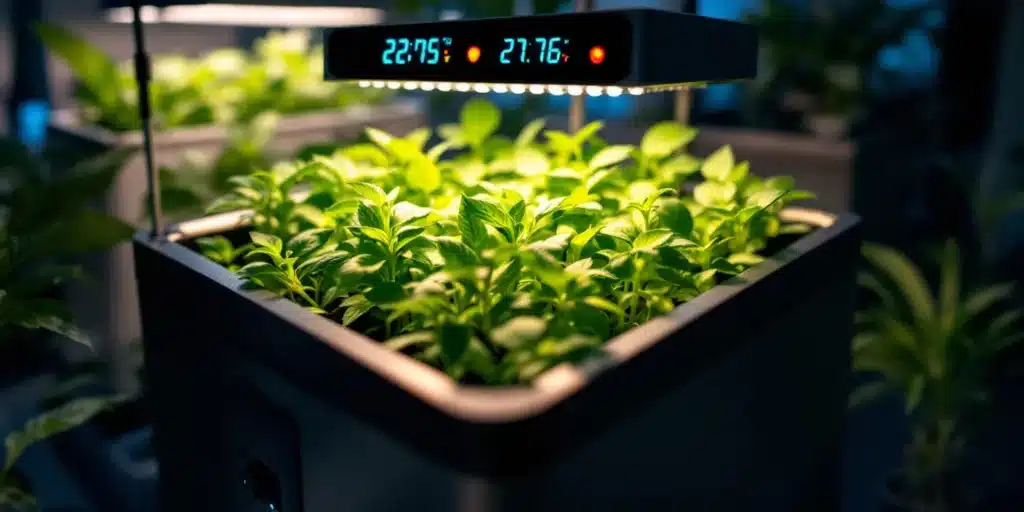
Promos & Deals
Popularity of Hydro and Soil Methods in the US Market
In the U.S., the cannabis market is diverse, with both hydroponic and soil-based cultivation having strong footholds. Indoor hydroponic setups dominate in urban areas where space is limited and regulations often prohibit outdoor growing. These systems allow for year-round cultivation, which is crucial for commercial growers in states with harsh climates. However, many growers still ask which is more expensive hydro or soil cannabis when evaluating their long-term profitability.
Conversely, outdoor soil-based cultivation remains popular in regions with favorable weather conditions, such as California and Oregon. Organic cannabis enthusiasts also tend to favor soil, as they believe it produces more natural, flavorful buds. As a result, consumers in these markets may pay a premium for soil-grown, organic strains, though they might be willing to spend even more on high-THC hydroponic strains.
Key Cost Factors in Cannabis Cultivation
Cost is one of the most significant factors growers consider when choosing between hydroponic and soil-based methods. From equipment and setup to labor and ongoing maintenance, understanding where the expenses lie can help determine which is more expensive hydro or soil cannabis.
Equipment and Setup Costs for Hydroponics
Hydroponic systems are notably more expensive to set up compared to soil-based operations. For a basic hydroponic grow setup, costs can range from a few hundred to several thousand dollars, depending on the size and complexity of the system. Key components include growing trays, pumps, specialized lighting, and nutrient solutions. Understanding which is more expensive hydro or soil cannabis from an equipment perspective often shows hydro setups requiring higher initial investments.. Key components include:
- Growing trays or tanks
- Pumps for water and air circulation
- Specialized lighting (like LED or HID lights)
- Nutrient solutions and pH balancing tools
- Automated timers and sensors
The need for precise environmental control in hydroponic systems drives up the initial investment. However, many commercial growers argue that this cost is offset by higher yields and faster crop cycles. Additionally, some hydroponic setups, like deep water culture (DWC) or aeroponics, offer water-saving benefits, which can reduce long-term costs in water-scarce regions.
Cost of Soil-Growing Equipment
In contrast, soil-based cannabis cultivation requires significantly less upfront investment. A basic soil grow requires pots or planting beds, nutrient-rich soil, seeds or clones, and water. While outdoor soil cultivation eliminates the need for artificial lighting, indoor soil setups still require lights and ventilation. But when considering which is more expensive hydro or soil cannabis, soil-based growing often has a lower entry cost, though ongoing soil and nutrient purchases add up over time.
Soil growers may also invest in organic fertilizers, compost, or other natural supplements to enhance the soil quality. One of the primary cost advantages of soil is that the medium itself is reusable, especially with proper composting techniques, reducing the need for new soil with each grow cycle.
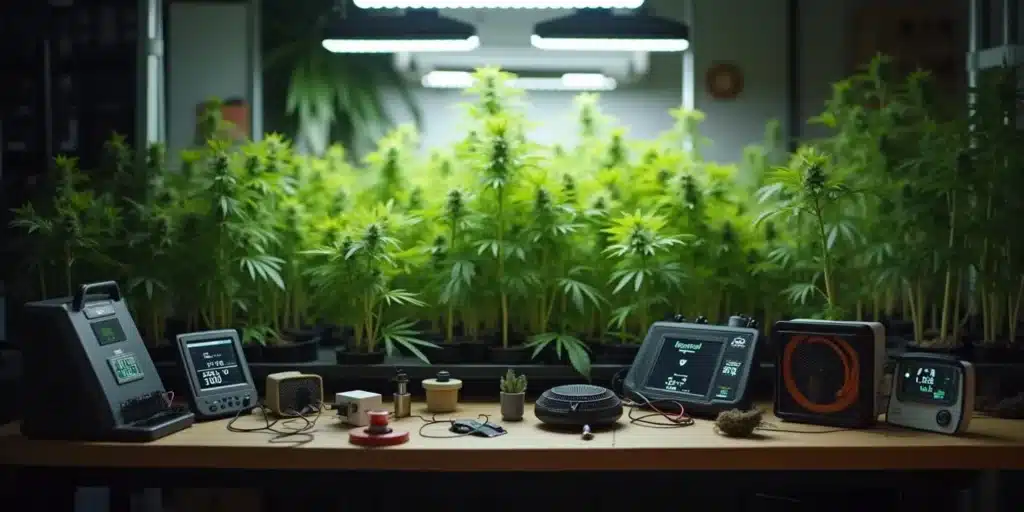
Labor and Maintenance Costs Comparison
Hydroponic systems are more labor-intensive, especially during the setup phase. The intricate systems require regular maintenance, such as adjusting nutrient levels, checking pH balances, and ensuring pumps are functioning properly. Automation can reduce labor costs, but the need for skilled workers who understand the system adds to operational expenses. In the ongoing debate about which is more expensive hydro or soil cannabis, labor costs are often a significant factor.
Soil-based growing, particularly outdoors, often involves more manual labor like weeding, pest control, and watering. However, these tasks can be less technically demanding than the precision monitoring required for hydroponic systems. As a result, growers might be able to employ less specialized labor, reducing costs.
Water and Nutrient Costs for Hydro vs. Soil
Water usage is a critical factor in determining costs, especially in regions prone to drought or with high water costs. Hydroponic systems often use water more efficiently, as they recirculate it, leading many to assume that hydro might be less expensive in the long run. However, hydroponic systems also require the purchase of specialized nutrient solutions. This adds another dimension to which is more expensive hydro or soil cannabis when factoring in nutrient costs over time.
In soil-based cultivation, water is used less efficiently, especially in outdoor grows where evaporation and drainage can lead to wasted resources. On the other hand, soil itself provides some nutrients, reducing the need for constant nutrient supplementation. Depending on the scale and region, the costs of water and nutrients can swing significantly in favor of either method.
Yield and Quality: Does Method Affect Profitability?
While costs are an essential consideration, the yield and quality of cannabis produced by hydroponic vs. soil-based methods can significantly impact overall profitability. Growers need to weigh not just how much they spend but also how much they stand to gain from their investment. The debate over which is more expensive hydro or soil cannabis often revolves around potential profitability from yield.
Comparing Yields: Hydroponics vs. Soil
Hydroponic systems are well-known for producing higher yields compared to soil-based methods. The precise control over the growing environment allows hydroponic growers to optimize conditions for faster growth and larger plants. In some cases, hydroponic systems can produce up to 30% more yield than soil, depending on the strain and environmental factors. However, growers still need to evaluate which is more expensive hydro or soil cannabis based on both yield and cost factors.
Soil, while slower in terms of growth rate, can still produce healthy, high-yielding plants when managed correctly. However, the potential for lower yields and longer grow times may make soil less attractive for commercial growers looking to maximize profits.
Quality and Potency of Hydro vs. Soil Cannabis
When it comes to quality, both hydroponic and soil-grown cannabis can produce top-tier buds, but there are differences in taste, aroma, and potency that may affect market value. Hydroponic cannabis tends to have a more controlled environment, leading to higher THC levels and potency. This is especially notable in autoflower hydro vs soil strains, where growers compare growth speed and potency. As a result, consumers and growers alike often question which is more expensive hydro or soil cannabis when quality is factored into the equation.
Soil-grown cannabis is often preferred by connoisseurs who value the rich, earthy flavors and aromas that come from organic, nutrient-dense soils. Some argue that soil allows cannabis to develop a more complex terpene profile, enhancing its overall quality. This can make soil-grown cannabis particularly valuable in niche markets, even if its THC content is slightly lower than hydroponically grown strains.
Market Value of Hydroponic Cannabis vs. Soil-Grown
In the U.S. market, hydroponically grown cannabis often fetches a higher price due to its increased potency and consistent quality. This leads many to assume that hydroponic methods are more profitable. However, when factoring in consumer preferences, such as the growing demand for organic, soil-grown cannabis, it’s important to reconsider which is more expensive hydro or soil cannabis in terms of market value.
Market demand for hydro vs. soil-grown cannabis can vary significantly depending on the region. For example, in California, where organic products are highly sought after, soil-grown strains may have an edge. However, in states with a focus on THC content, like Colorado, hydroponically grown cannabis might be more profitable.
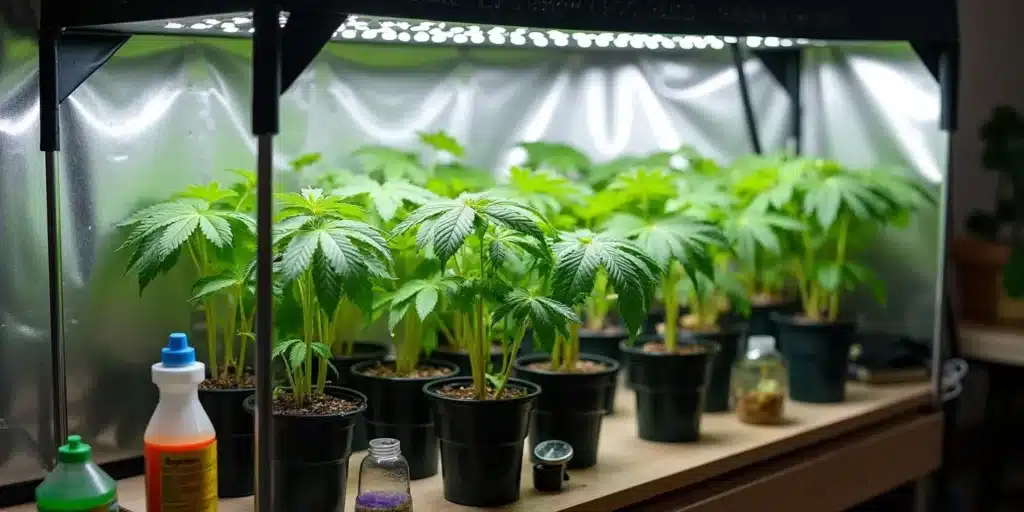
Energy and Environmental Impact
Sustainability is becoming a crucial factor for both consumers and growers in the cannabis industry. Understanding the environmental impact of each cultivation method can influence a grower’s decision, especially in areas with strict environmental regulations or high energy costs. A key consideration in determining which is more expensive hydro or soil cannabis is how energy-intensive the growing process is.
Hydroponic Systems and Energy Usage
Hydroponic systems, particularly indoor setups, require a significant amount of energy. Lighting, pumps, and climate control systems (like heaters, dehumidifiers, and air conditioners) all contribute to a large carbon footprint. Depending on the region, the cost of electricity can be a considerable expense, especially in areas where energy rates are high. Many growers looking at which is more expensive hydro or soil cannabis find that energy usage is one of the primary reasons hydroponics tends to cost more over time.
Some hydroponic growers offset these costs by investing in energy-efficient lighting (such as LED lights) and utilizing renewable energy sources like solar panels. While this reduces the environmental impact, it adds to the initial setup costs.
Soil Cultivation and Sustainability Concerns
Soil cultivation, particularly outdoor grows, can be more sustainable, especially when using organic practices. Outdoor soil-based grows rely on natural sunlight and rainwater, reducing the need for artificial lighting and water systems. However, indoor soil grows can still have a substantial environmental impact. For growers considering which is more expensive hydro or soil cannabis, soil cultivation is often seen as the more sustainable and eco-friendly option due to lower energy consumption.
Indoor soil grows can have a similar environmental impact as hydroponic systems, especially if they require artificial lighting and climate control. However, the use of organic soils and sustainable growing practices can mitigate some of these issues, making soil-based grows a more eco-friendly option overall.
Water Usage: Hydroponics vs. Traditional Growing
Water usage is a critical consideration for growers, particularly in regions facing water shortages. Hydroponic systems are often more water-efficient than traditional soil-based methods because they recirculate water, reducing waste. This efficiency leads some growers to question which is more expensive hydro or soil cannabis, as hydroponic systems could save on long-term water costs. However, these savings are often offset by the need for water treatment and monitoring.
In contrast, soil-based grows, especially outdoor ones, tend to use more water due to evaporation and runoff. However, growers can mitigate this by using drip irrigation systems, mulching, and other water conservation techniques. Additionally, soil naturally retains moisture, which can reduce the need for frequent watering, particularly in outdoor environments.
Long-Term Costs: Which Method is More Expensive Over Time?
While initial setup costs are important, long-term expenses can significantly impact the overall cost of cannabis cultivation. These ongoing costs include equipment maintenance, water and nutrient consumption, and labor requirements. Deciding which is more expensive hydro or soil cannabis often comes down to evaluating these long-term costs.
Initial Investment vs. Operating Costs
Hydroponic systems typically have higher initial setup costs due to the complexity of the equipment involved. However, many growers find that these costs are offset by higher yields and faster growth rates associated with hydroponics. In contrast, soil-based growing systems are generally cheaper to set up but may have higher long-term costs due to soil replenishment and slower growth rates. In terms of which is more expensive hydro or soil cannabis, hydroponic systems can initially be more expensive but potentially more profitable over time.
Durability and Maintenance of Hydroponic Equipment
Hydroponic systems require regular maintenance to ensure that pumps, lights, and nutrient delivery systems are functioning correctly. Equipment failures can be costly and lead to crop loss if not addressed promptly. However, the longevity of hydroponic systems often depends on the quality of the initial investment. For growers asking which is more expensive hydro or soil cannabis, the durability and maintenance of equipment are significant factors in the total cost.
Soil Replenishment and Fertilizer Costs Over Time
Soil-based growers may need to replenish or amend their soil over time to maintain its nutrient content. This can be a significant ongoing cost, particularly for organic growers who use compost, manure, or other natural fertilizers. However, soil can be reused if properly maintained, which can reduce long-term expenses. When weighing which is more expensive hydro or soil cannabis, soil replenishment is a recurring cost that hydroponic growers don’t face to the same extent.
Legal and Regulatory Considerations
The legal landscape for cannabis cultivation in the U.S. varies significantly from state to state. Understanding the regulatory requirements for both hydroponic and soil-based cultivation is crucial for growers looking to avoid fines and legal challenges.
State Regulations Impacting Hydroponic and Soil Cultivation
Some states have specific regulations regarding cannabis cultivation methods, particularly around water usage and environmental impact. For example, California has strict water usage regulations that may favor hydroponic systems for their efficiency. On the other hand, some states encourage organic soil-based growing methods as part of their push for sustainable agriculture.
Compliance Costs and Challenges
Compliance with state and local regulations can add to the overall cost of cannabis cultivation. Hydroponic growers, in particular, may face higher compliance costs due to the complexity of their systems and the need for specialized equipment. Soil-based growers, particularly those using organic methods, may face fewer regulatory hurdles but still need to comply with pesticide use, water management, and other agricultural regulations.
Which Method is Ultimately More Expensive?
When weighing the costs of hydroponic versus soil-based cannabis cultivation, there is no clear winner. Hydroponic systems offer higher yields, faster growth, and greater control over the growing environment, but these benefits come at the cost of higher setup and maintenance expenses. Soil-based cultivation is generally cheaper to set up and can be more sustainable, but it may produce lower yields and require more labor and ongoing costs for soil maintenance and pest control.
Ultimately, the choice between hydroponics and soil depends on the grower’s goals, location, and budget. Commercial growers looking for high yields and consistent quality may find hydroponics to be more profitable in the long run, while smaller or organic growers may prefer the simplicity and sustainability of soil-based cultivation.
Featured Cannabis Strains
- Girl Scout Cookies – This top-selling strain offers a sweet and earthy flavor with high THC content, making it a favorite for both recreational and medical users.
- Blue Dream – Known for its balanced effects, Blue Dream is a hybrid that offers relaxation without sedation, making it perfect for daytime use.
- Sour Diesel – With its pungent, diesel-like aroma, Sour Diesel is a sativa-dominant strain that provides energizing and uplifting effects.
- OG Kush – This legendary strain is known for its high THC levels and complex flavor profile, blending earthy, pine, and citrus notes.
- Northern Lights – A classic indica strain, Northern Lights is favored for its relaxing and calming effects, perfect for evening use.
- Amnesia Haze – A potent sativa, Amnesia Haze delivers uplifting and euphoric effects, making it a great choice for creative pursuits.
- Granddaddy Purple – Known for its deep purple hues and grape-like flavor, this indica strain offers relaxing and euphoric effects.
- Jack Herer – Named after the famous cannabis activist, this strain is celebrated for its clear-headed, uplifting effects and spicy aroma.
- Gelato – A hybrid with a creamy, dessert-like flavor, Gelato is known for its balanced effects, offering both relaxation and euphoria.
- Wedding Cake – This hybrid strain combines a sweet, fruity flavor with high THC levels, making it a favorite for both recreational and medical use.
FAQs
Which cannabis cultivation method is more expensive: hydroponic or soil?
Hydroponic cultivation generally has higher upfront costs due to specialized equipment like pumps, lighting, and nutrient systems. However, it can lead to faster growth and higher yields, potentially offsetting the initial investment over time. Soil-based cultivation is more affordable to set up but may incur ongoing expenses for soil replenishment, pest control, and typically yields lower returns.
Which method produces better yields and quality: hydroponics or soil?
Hydroponic systems offer precise control over the growing environment, often resulting in faster growth, higher yields, and greater THC potency. In contrast, soil-grown cannabis is favored by many for its rich, natural flavors and complex terpene profiles, which can make it more desirable in certain premium or organic markets.
What are the key cost factors to consider when choosing between hydroponic and soil cultivation?
Important cost factors include initial setup costs, ongoing maintenance, energy usage, labor, and water consumption. Hydroponics tends to be more energy- and labor-intensive but more efficient in water use and yield. Soil cultivation has lower energy demands and simpler maintenance but may require more manual labor and frequent soil amendments.

